Earlier today, Volvo Cars’ live streamed Moment event was put together to address safety concerns that remain with the brand’s goal to Vision 2020 – a safety commitment aim to reduce the number of people that die or are seriously injured in a new Volvo car. The press conference touched into solutions and issues that arise in everyday conditions that include speeding, intoxication and distraction. As such, Volvo officially announced Care Key, and the deploying of in-car cameras as an intervention into intoxication and distraction.
Care Key
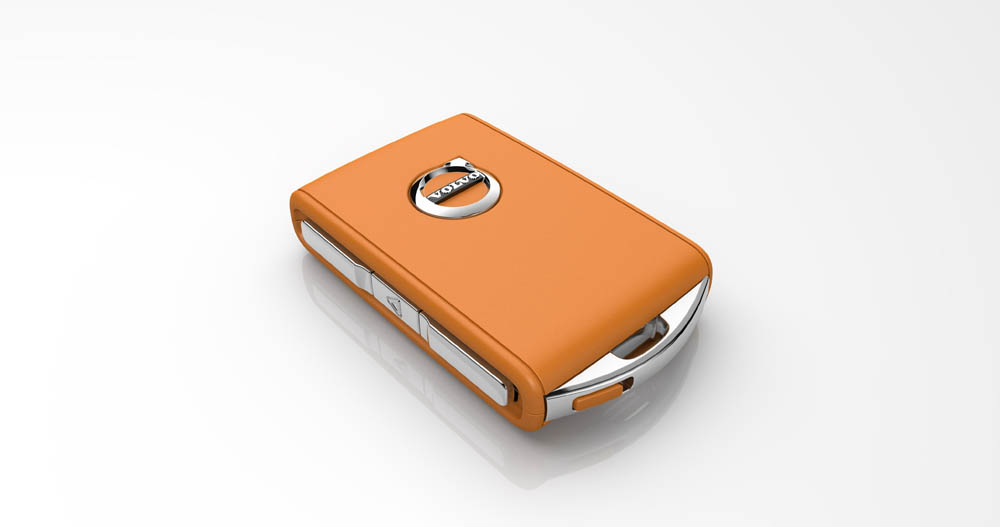
The principal of the Care Key will allow Volvo drivers to set limitations on the car’s top speed, before lending their car to family members, friends or younger and inexperienced drivers such as teenagers that only just received their drivers’ licence. The Care Key will come as standard on all Volvo cars from 2021.
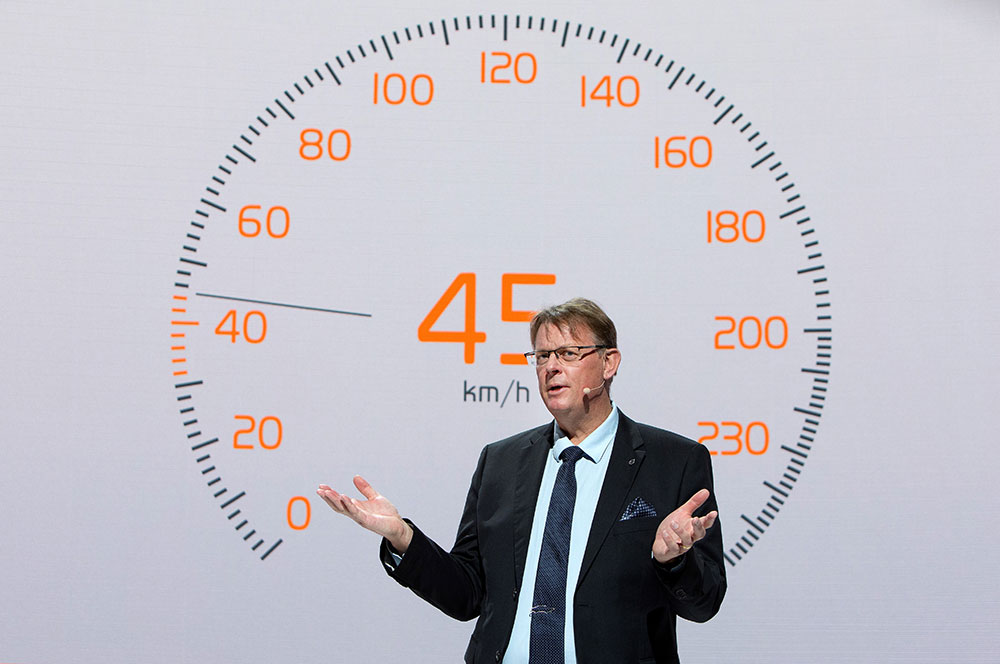 Jan Ivarsson, Deputy Director and Senior Technical Advisor Safety at Volvo Cars.
Jan Ivarsson, Deputy Director and Senior Technical Advisor Safety at Volvo Cars.
The launch of the Care Key follows the announcement earlier this month that Volvo Cars will limit the top speed on all its cars to 180 km/h from 2020, in order to send a strong signal about the dangers of speeding. The speed limit and Care Key are part of that initiative and illustrate how car makers can take active responsibility for striving to achieve zero traffic fatalities by supporting better driver behaviour.
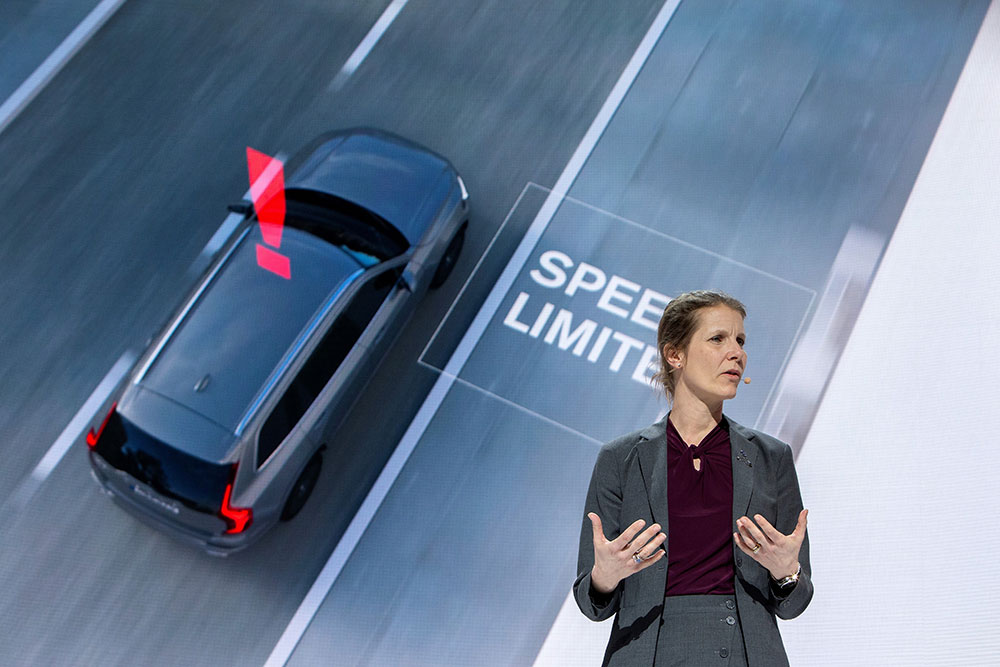 Malin Ekholm, Vice President, Volvo Cars Safety Centre.
Malin Ekholm, Vice President, Volvo Cars Safety Centre.
Of course these benefits go beyond safety and could also likely offer Volvo drivers a financial benefit. Volvo is currently inviting insurance companies in several markets to conversations to offer special, and favourable insurance to the Volvo community for using these safety features.
In-Car Cameras for Better Safety
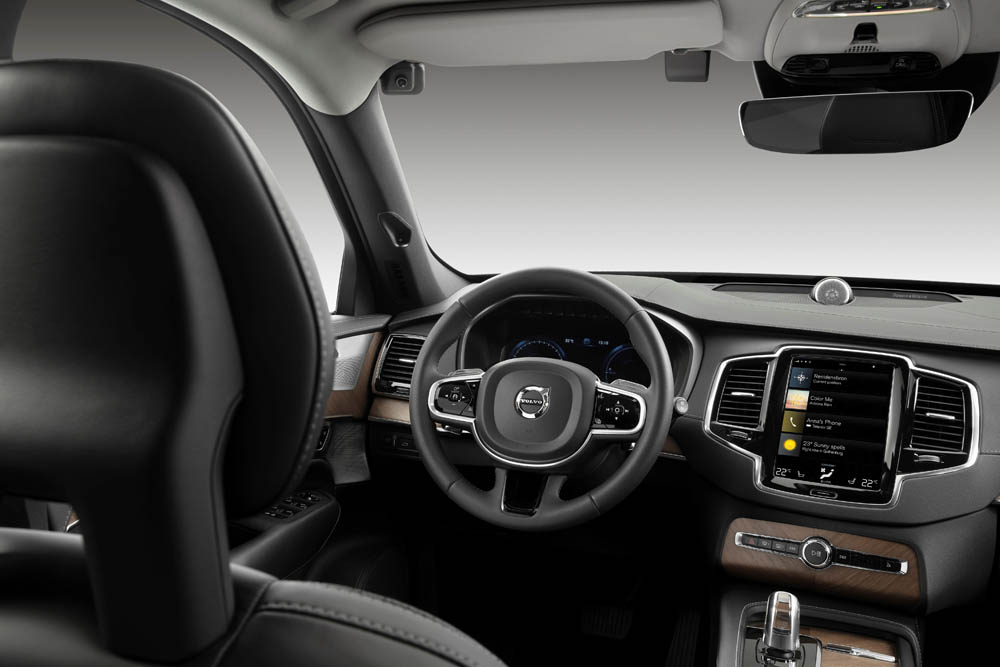 Notice the cameras and sensors located at the windshield and A-pillar.
Notice the cameras and sensors located at the windshield and A-pillar.
Apart from speeding, intoxication and distraction are the other primary areas of concern for traffic safety. The brand believes that these two should be addressed by installing in-car cameras and other sensors that monitor the driver and allow the car to intervene if a clearly intoxicated or distracted driver does not respond to warning signals and is at risk of a serious or deadly accident.

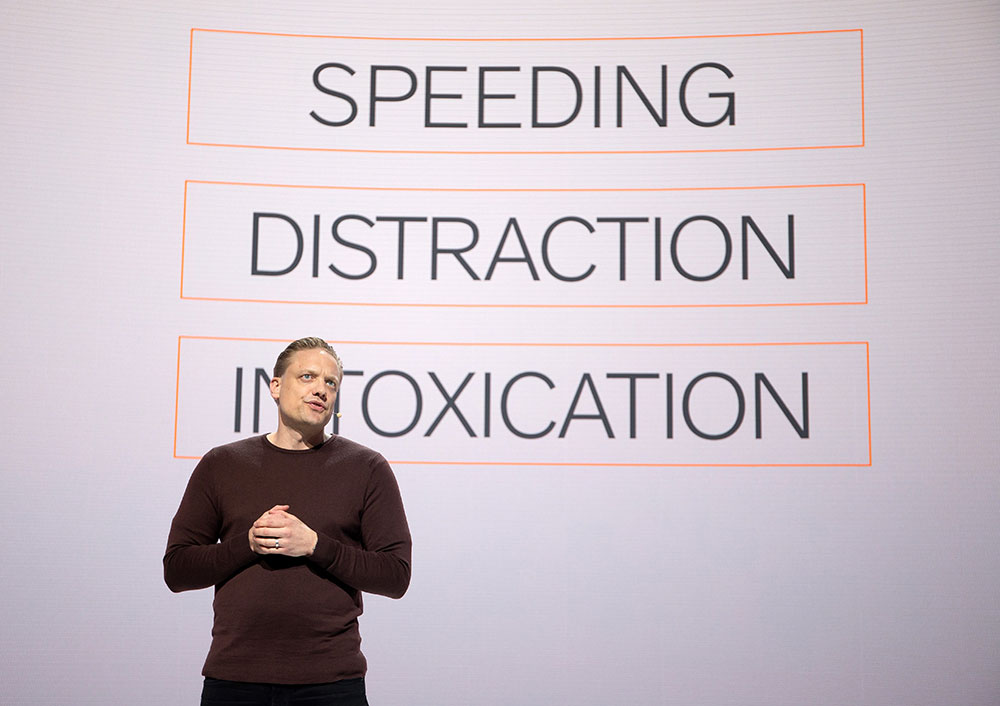 Henrik Green, Senior Vice President, Research and Development, Volvo Cars.
Henrik Green, Senior Vice President, Research and Development, Volvo Cars.
The intervention could involve limiting the car’s speed, alerting Volvo on Call assistance service and, as a final course of action, actively slowing down and safely parking the car. Examples of such behaviour include absence of steering input for extended periods of time, drivers who have their eyes closed or not looking on the road for extended periods of time, as well as extreme weaving across lanes or excessively slow reaction times.
Introduction of the cameras on all Volvo models will start on the next generation of Volvo’s scalable SPA2 vehicle platform in the early 2020s. Details on the exact amount of cameras and their positioning in the interior will follow on at a later date.
While these systems address the issues above, the company wants to start a conversation about whether car makers have the right or even the obligation to install technology in cars that changes their drivers’ behaviour.
What do you think?
Volvo’s 3S centre in Setia Alam is now open!
Volkswagen’s upcoming Passat will feature IQ.Drive. What is it? Click here to find out.
Sell your car through Carsome and you could get up to 20 per cent higher than trade in price!
